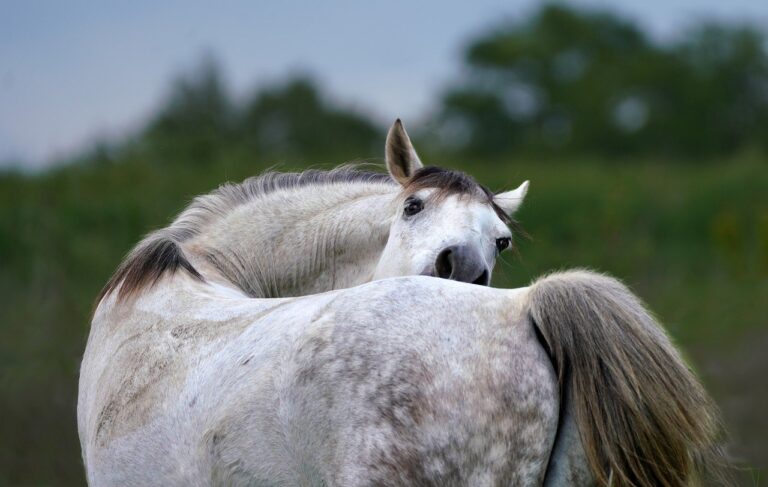Among the basic concepts of coffee roasting is the Maillard reaction, a chemical process that occurs when amino acids and minimizing sugars react in the presence of heat. This reaction is in charge of the browning of the coffee beans and the development of complicated tastes and fragrances. The level to which the Maillard reaction occurs is affected by various factors, including the temperature, period, and air movement throughout the roasting process.
Coffee, the globe’s favorite caffeine-infused drink, owes a lot of its wonderful flavor and scent to the intricate process of roasting. Behind the scenes, a coffee roaster machine plays a critical duty in transforming green coffee beans into the abundant, aromatic beans we grind and make to enjoy our day-to-day mug of joe. This post delves into the remarkable globe of coffee roasting, checking out the innovation, workmanship, and creativity involved in this important action of coffee production.
Coffee roasting, fundamentally, is the process of applying heat to green coffee beans to change them into the fragrant, tasty beans that we’re familiar with. Nevertheless, the magic happens in the nuances of this change, and it all begins with the green beans. These beans are seeds of the coffee fruit, and they are typically stored in their raw, green state until the roasting process begins. The trick to excellent coffee depends on the quality of these green beans and the roasting process that follows.
It is necessary to keep in mind that the coffee roasting process creates chaff, a slim, papery skin that separates from the beans as they warm up. Managing this chaff is a factor to consider for roasters, as it can position fire threats and require correct air flow. In addition, the exhaust of unstable organic substances (VOCs) throughout roasting is an ecological problem that some roasters resolve with air filtering systems.
The virtuosity of coffee roasting is the skill and proficiency of the roaster in browsing these stages and making decisions that influence the flavor of the final product. Roasters typically rely on their senses, making use of view, odor, and seem to assess the development of the beans and make adjustments as required. It’s a fragile equilibrium of timing and instinct, and it’s what establishes artisanal coffee roasters aside from mass-produced coffee.
Coffee roasters also trying out various profiles and blends to create one-of-a-kind flavor mixes. The beginning of the beans, the roast level, and the roasting process all influence the flavor and fragrance of the coffee. Roasters might blend beans from different areas to develop a balanced, tasty mug or concentrate on single-origin beans to display the distinct characteristics of a certain area.
The coffee roaster machine is a remarkable piece of equipment that bridges the gap in between green coffee beans and the tasty brew that a lot of us delight in. The art and science of coffee roasting involve a fragile balance of aspects, from the quality of the beans and the roasting process to the expertise and instinct of the roaster. As the world of coffee remains to develop and branch out, the duty of the coffee roaster machine stays pivotal in delivering the diverse and fascinating series of coffee experiences that customers treasure. Whether you’re a coffee enthusiast or a casual enthusiast, recognizing the complexities of coffee roasting can strengthen your recognition for this precious beverage.
The roasting process can be separated into several stages, each of which contributes to the final flavor account of the coffee. The first stage is the drying phase, where the beans shed wetness and turn from green to yellow. This is followed by the first crack, which is the factor at which the beans broaden and release a cracking noise. The second crack, if it occurs, notes the transition into a darker roast. precision coffee roaster have the adaptability to quit the process at any type of indicate accomplish the wanted roast level, from light to dark, and almost everywhere in between.
Coffee roasters are available in numerous sizes and shapes, from tiny countertop home appliances to industrial-sized makers efficient in taking care of large batches of beans. These makers are equipped with a variety of functions and controls, permitting roasters to tweak the roasting process to accomplish the desired flavor account. The roasting machine usually consists of a drum or chamber where the beans are placed, a heat resource, and a system for cooling down the beans after roasting.
Over the last few years, there has been a resurgence of rate of interest in small-batch, artisanal coffee roasting. This movement has actually triggered a community of enthusiastic roasters that value quality, sustainability, and openness in the coffee supply chain. A number of these roasters focus on direct relationships with coffee farmers, making certain reasonable payment and honest techniques. They additionally stress making use of top quality, sustainably sourced beans and eco-friendly roasting techniques.
Subscribe to Updates
Get the latest creative news from FooBar about art, design and business.
